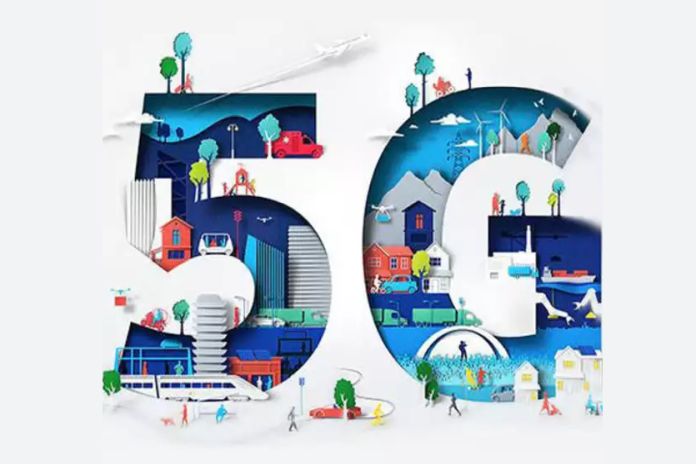FINLAND / COSTA RICA – Nokia and Radiográfica Costarricense SA (RACSA, a Grupo ICE company) has announced that they have deployed the first 5G standalone (SA) network in Costa Rica. The project brings high-speed, low-latency 5G connectivity to key urban centers including San Jose, Cartago, and Limon, as well as rural communities across the country, marking a significant milestone in Costa Rica’s digital evolution.
Mauricio Barrantes, general manager of RACSA, said: “The utilization of Nokia technology represents a pivotal step in Costa Rica’s digital transformation which RACSA has been playing a key role in for the last 103 years. By deploying the first 5G network in the country, we are not only improving connectivity for businesses and government entities but also enhancing the quality of life for our citizens. The high-speed, reliable network will support innovative applications that contribute to the country’s overall economic and social development.”
- Nokia deploys Costa Rica’s first 5G standalone network with equipment from its industry-leading AirScale portfolio with Radiográfica Costarricense SA.
- The 5G network is set to revolutionize connectivity, fuelling digital transformation and supporting businesses and citizens.
- Unlocking 5G will empower industries, enhance public services including border control and citizen safety, and drive innovation across healthcare, education, and the broader community.
The initial rollout phase saw the installation of 30 sites in major cities with a further 170 due later this year, with plans to expand to 500 sites in subsequent phases.
The deployment enables faster internet access and supports the development of IoT applications, benefiting both enterprises and consumers, including those critical to public safety, energy, healthcare, and education. The network’s robust architecture is designed to drive economic growth, support digital inclusion, and enhance critical public services across the country. The network also provides high-performance Fixed Wireless Access (FWA) services to a wide range of businesses, including small and medium enterprises, public sector organizations, and consumers. FWA can be used to provide high-speed connectivity to regions without existing telecoms infrastructure. It is expected to grow exponentially compared to other broadband solutions over the next decade according to GSMA Intelligence.
RACSA, powered by Nokia’s integrator partner Datasys, has implemented solutions from Nokia’s industry-leading AirScale radio portfolio including Massive MIMO radios, remote radio heads, and base stations. RASCA will also benefit from Nokia’s MantaRay Network Management solutions which will deliver a unified, automated view of the network, enhancing both monitoring and management capabilities. Additionally, RACSA will deploy Nokia’s FastMile 5G Receivers, along with other Nokia products, to simplify and strengthen connectivity for users. To support the 5G standalone (SA) RAN architecture, Nokia has also integrated its 5G SA Compact Mobility Unit (CMU) Core into the network.
Bruno Leite, head of Latin America, mobile networks at Nokia, said:
“We are excited to be collaborating with RACSA to bring 5G to Costa Rica for the first time. Our extensive portfolio of solutions will ensure a fast, efficient rollout and will pave the way for exciting new opportunities across various sectors. This deployment underscores our commitment to enabling digital transformation across Latin America.”





